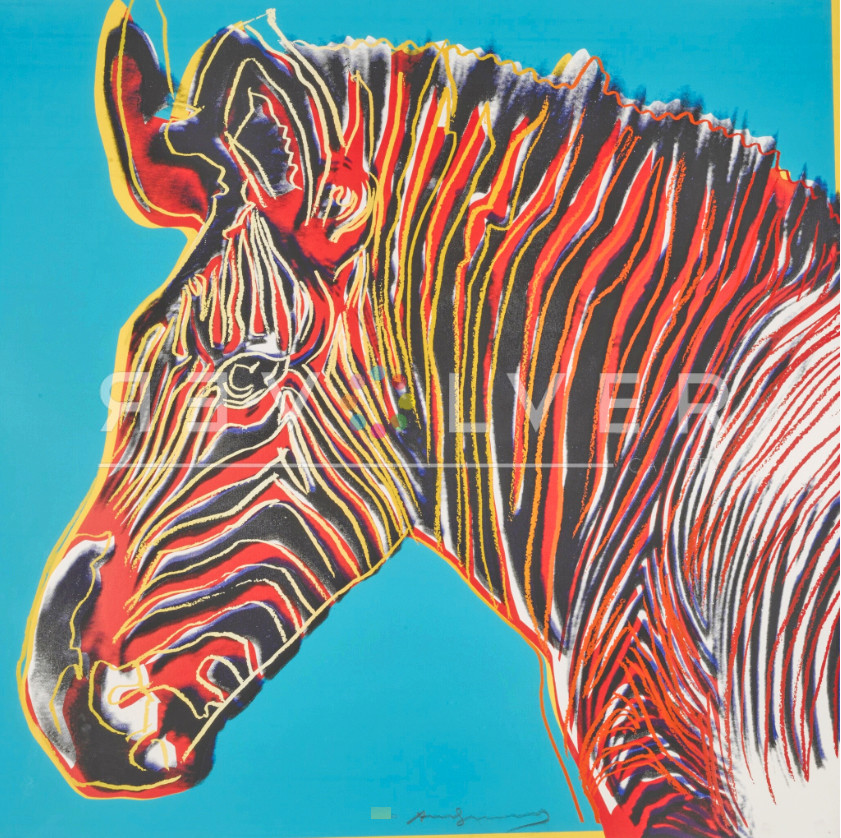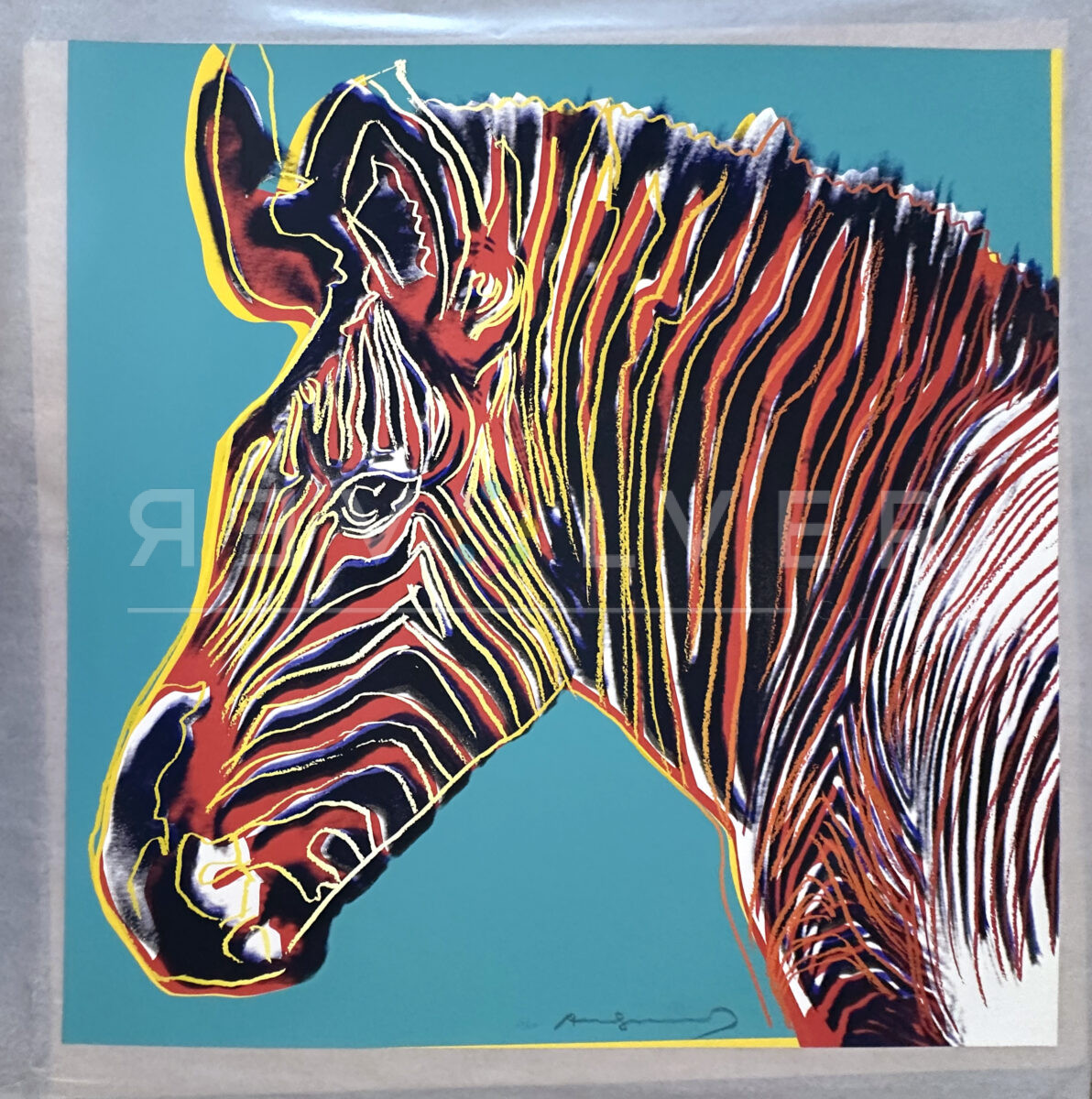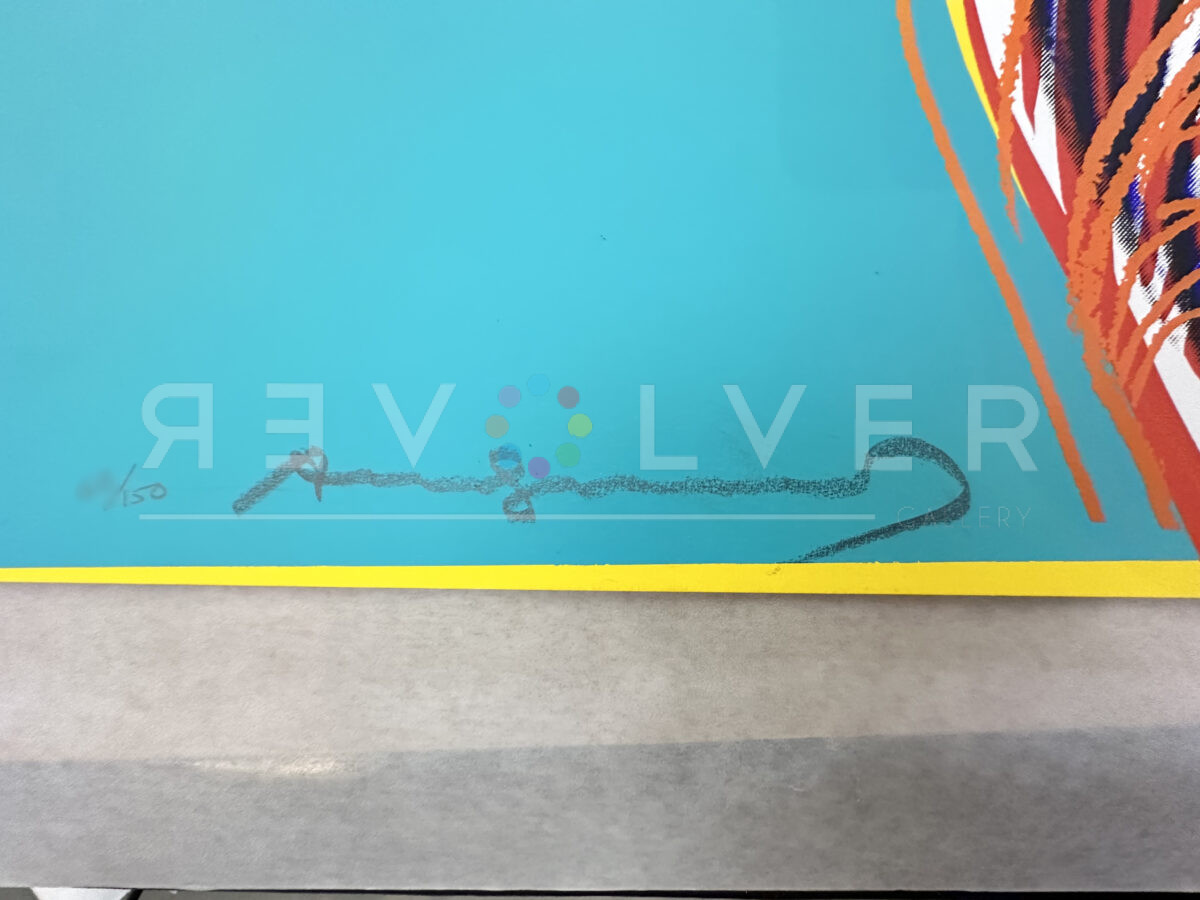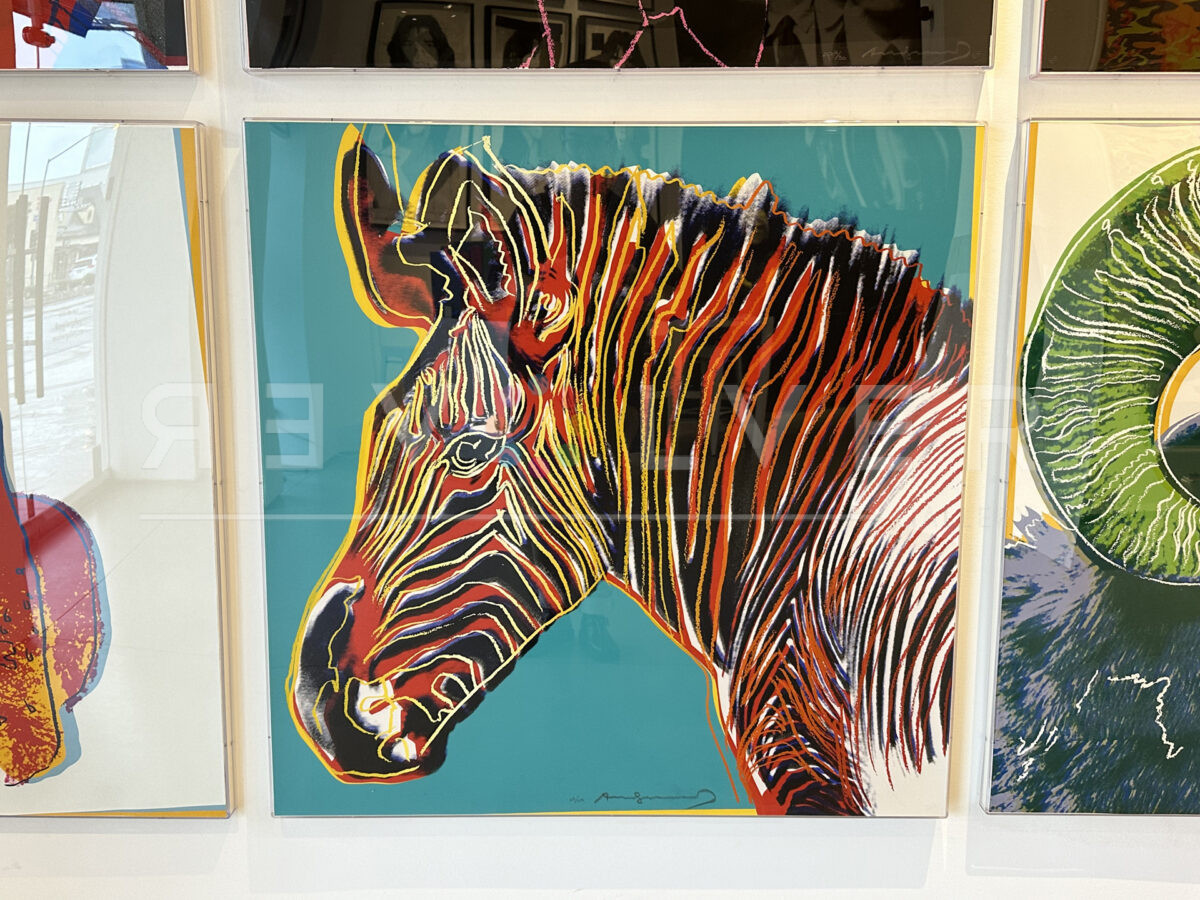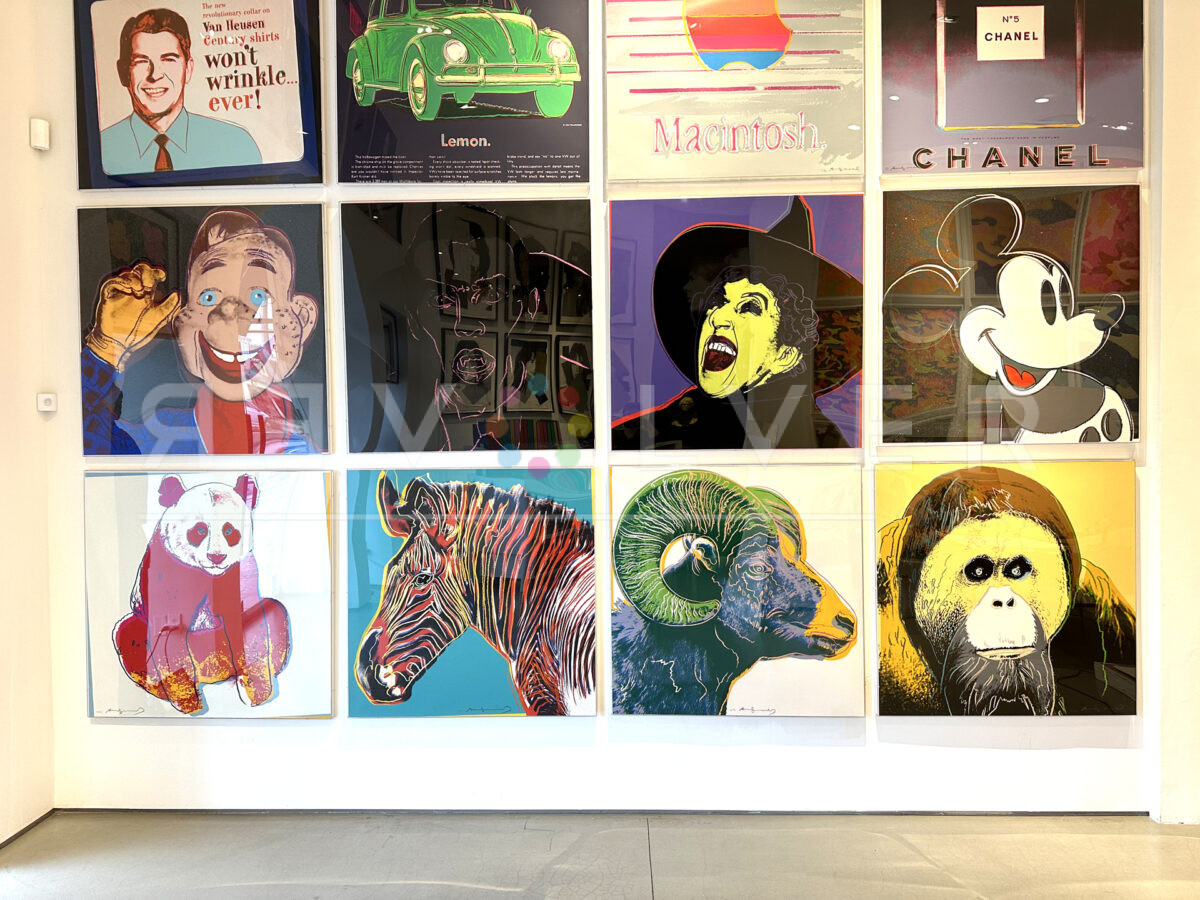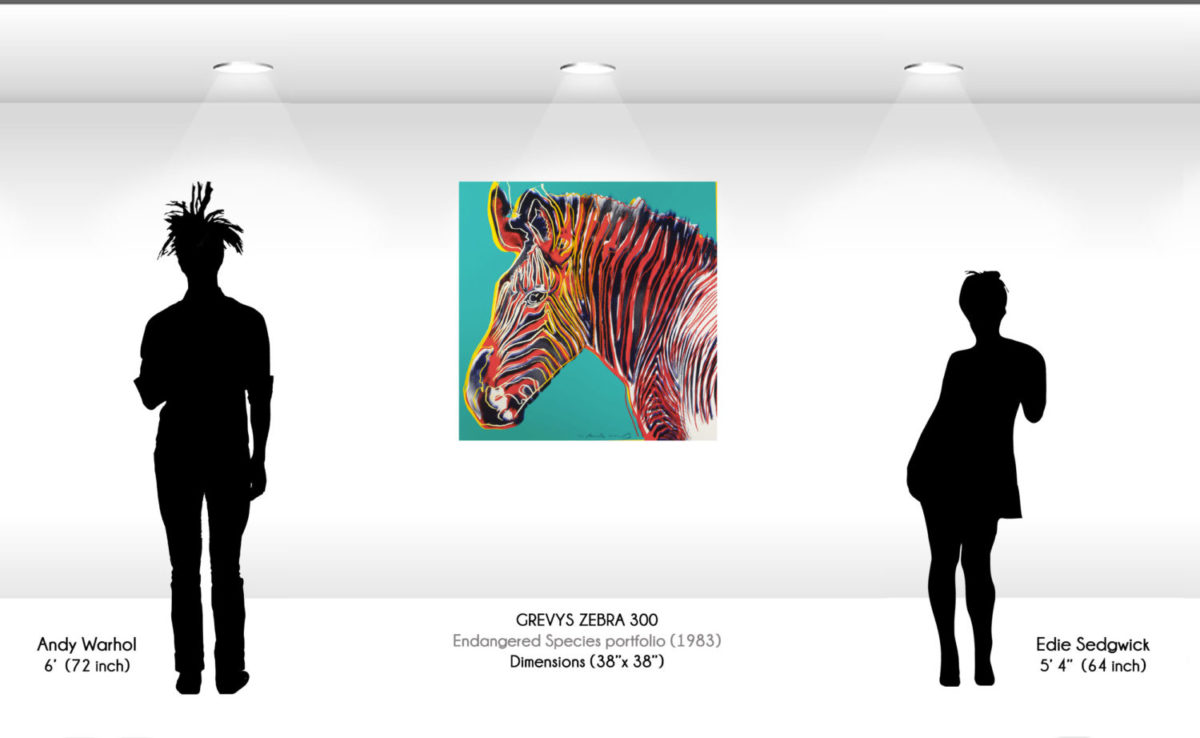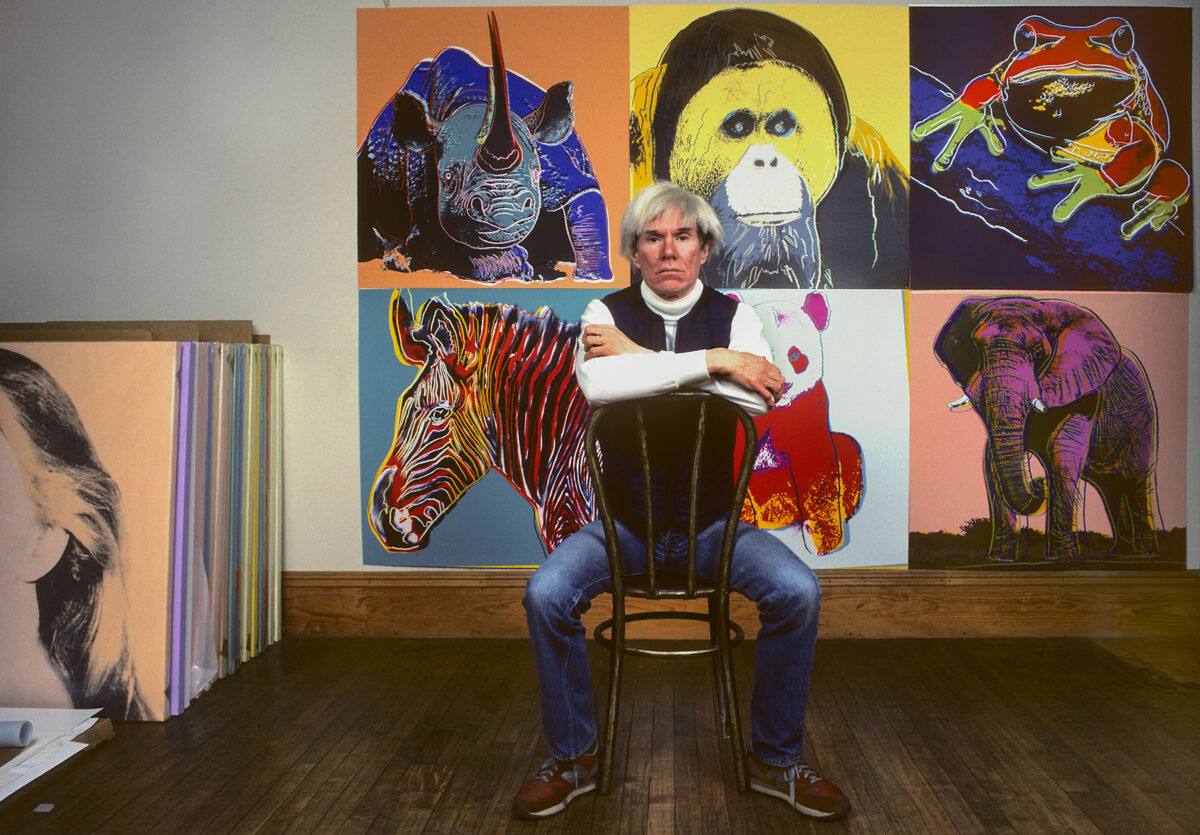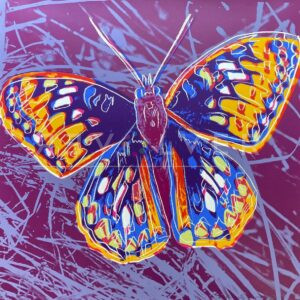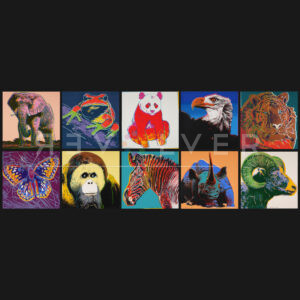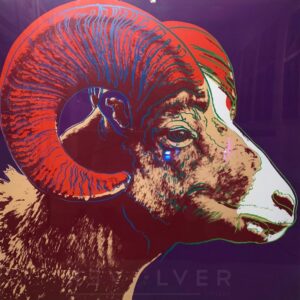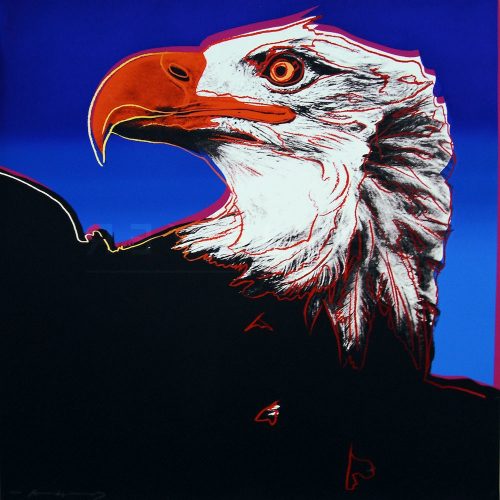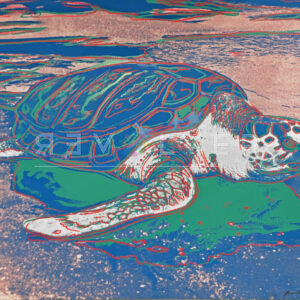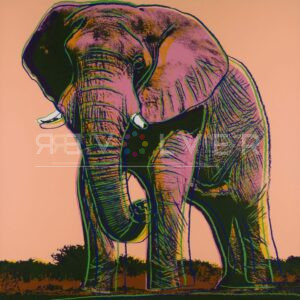Grevy’s Zebra 300 by Andy Warhol is one of ten pieces from his Endangered Species portfolio, which premiered in 1983. Warhol was commissioned by environmentalists and gallerists Ronald and Frayda Feldman to depict 10 endangered animals, bringing attention to their fragility. The US federal government had passed the Endangered Species Act (ESA) in 1973, making clear criteria for assigning the status of “endangered” to animals that had seen massive attrition of their populations. This designation has been adopted internationally and Warhol’s Endangered Species series represents this, consisting of a fairly diverse and cosmopolitan array of organisms.
Grevy’s Zebra 300 stands in as one of the avatars of Africa, joined also by the Black Rhinoceros and African Elephant. Specifically, the Grevy’s zebra is indigenous to parts of Kenya and Ethiopia, and is named after President of the Third Republic of France, Jules Grévy, who was gifted such a zebra by Abyssinian officials. It is one of three zebra species, besides the plains and mountain varieties.
What’s immediately striking about Grevy’s Zebra 300 is Warhol’s use of red. Though the zebra retains a bit of its natural black-and-white markings near its flank, its neck, mane, and head show a robust red that replaces the white. The red also plays a role in the classically Warholian drawn outline that follows the zebra’s body and stripes, being present on the right side of the frame, but gradually transitioning from red to orange and yellow, and finally, white as it progresses left. The dimensionality of the zebra is reduced, threatening to flatten it to a series of lines and stripes. The zebra is erased and abstracted, akin to the loss of the animal in the wild. The only thing that brings it into focus is its teal background, providing a relational and, paradoxically, complementary contrast. Environment (habitat) and organism (species) mutually afford each other.
Grevy’s Zebra 300 is undoubtedly a Warhol masterpiece, created in the 1980s when Warhol reached the peak of his skills. The work is quintessential to the artist’s evolving Pop Art techniques. Endangered Species is one of Warhol’s most cherished series, and has become especially beloved by collectors in recent years.
Photograph of Warhol with Endangered Species screen prints taken by Brownie Harris, 1982, The Factory, NYC.

